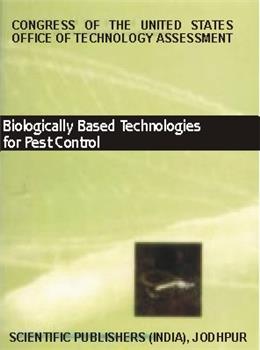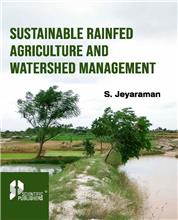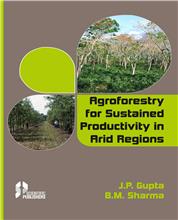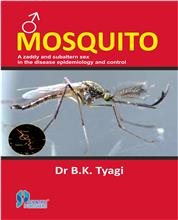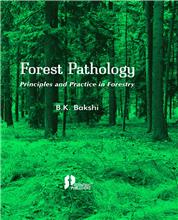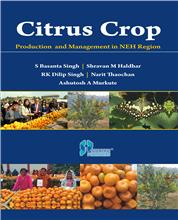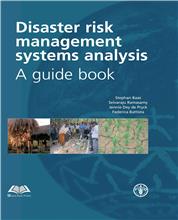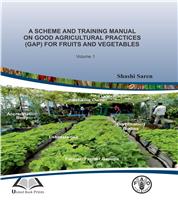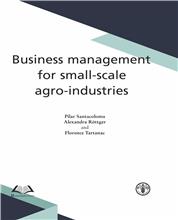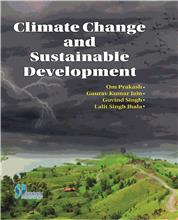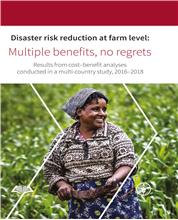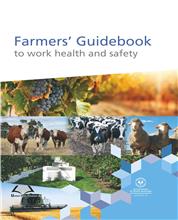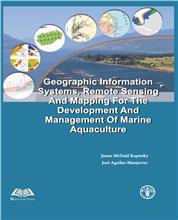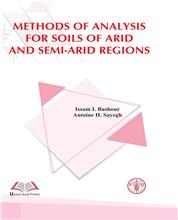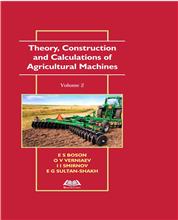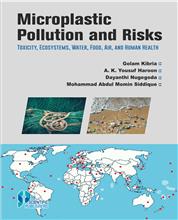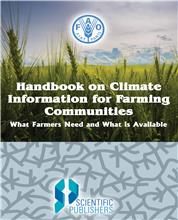The way the nation manages pests
is changing because of efforts to reduce the reliance on conventional
pesticides. Driving this change is strong public opinion coupled with action by
Congress and by federal and state agencies. At the same time, pest control
needs are rising. Many important pests are now resistant to formerly effective
chemical controls. And new pests continue to enter the country or spread to new
locations where they threaten agriculture, native ecosystems, or human health.
The farmers, foresters, ranchers, and others who seek to prevent excessive pest
damage are increasingly aware of the shortcomings of conventional pest control
approaches. Their need for more pest control options is acute. Current hopes
are that integrated pest management (IPM)— which uses alternative tools as well
as pesticides—will provide the key to meeting this need while reducing the
reliance on conventional pesticides. This assessment examines an array of the
biologically based tools that underpin effective IPM. The report covers
technologies ranging from enhanced biological control of pests by their natural
predators and parasites to commercial formulations of microbial pesticides.
Today, such approaches have joined the mainstream. Biologically based
technologies have penetrated most major applications of pest control and are
the methods of choice for such widespread pests as the gypsy moth. They could
be used more widely to help solve the nation’s pressing need for pest control
tools. What happens next will depend largely on federal policies and programs.
The federal government’s role here is extensive through its involvement in
research, technology transfer, plant protection, land management, and pesticide
regulation. Annual expenditures for research and implementation of biologically
based technologies for pest control exceed $200 million. But the system does
not work as well as it might. A better match between national priorities and
the portfolio of federally supported research would improve delivery of new
pest control tools into the field. An improved regulatory system would
streamline the regulatory process while more closely evaluating the occasional
high risks. Finally, the relative roles of the private and public sectors
warrant rethinking, because the private sector on its own will go only so far
in supplying new biologically based tools.
